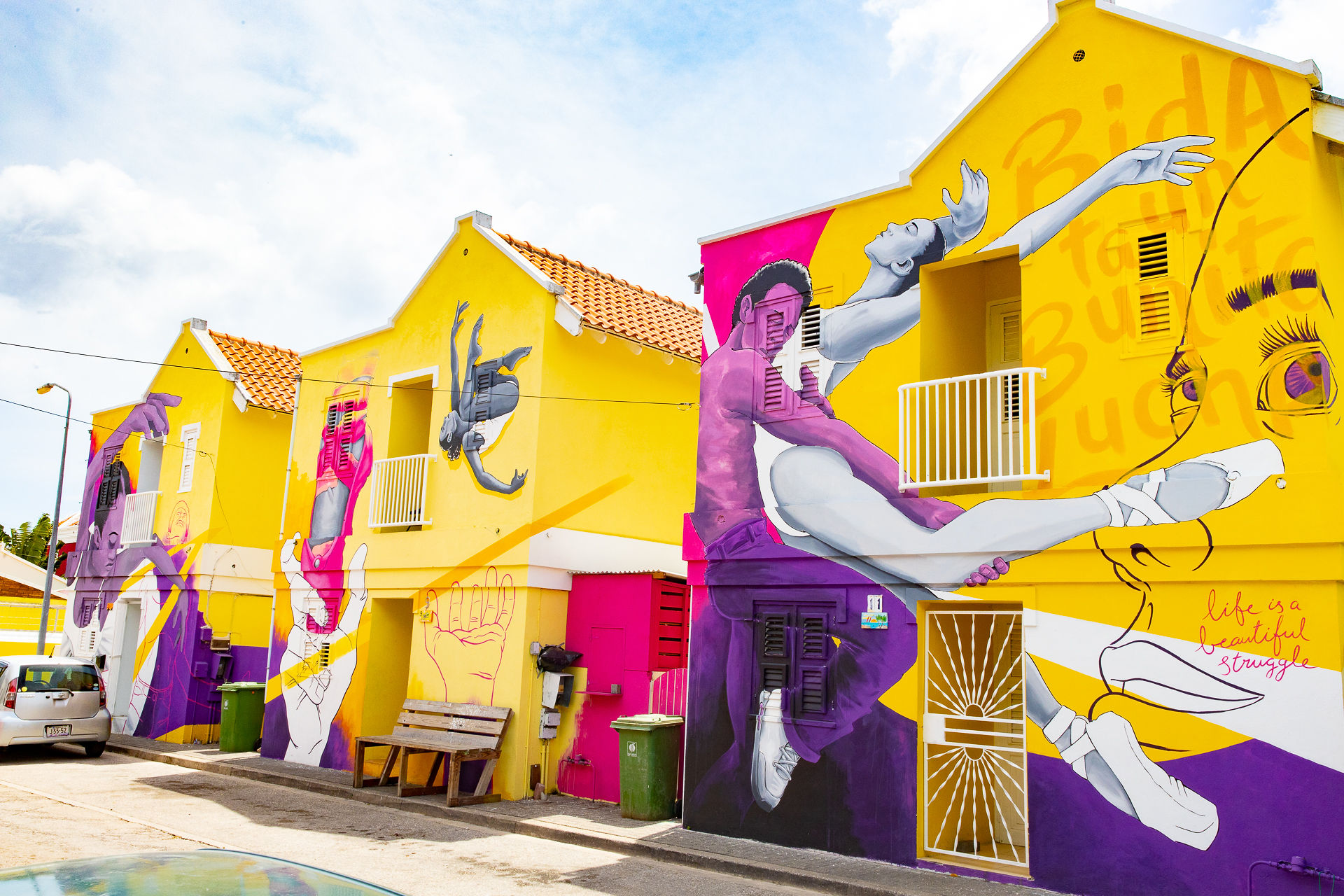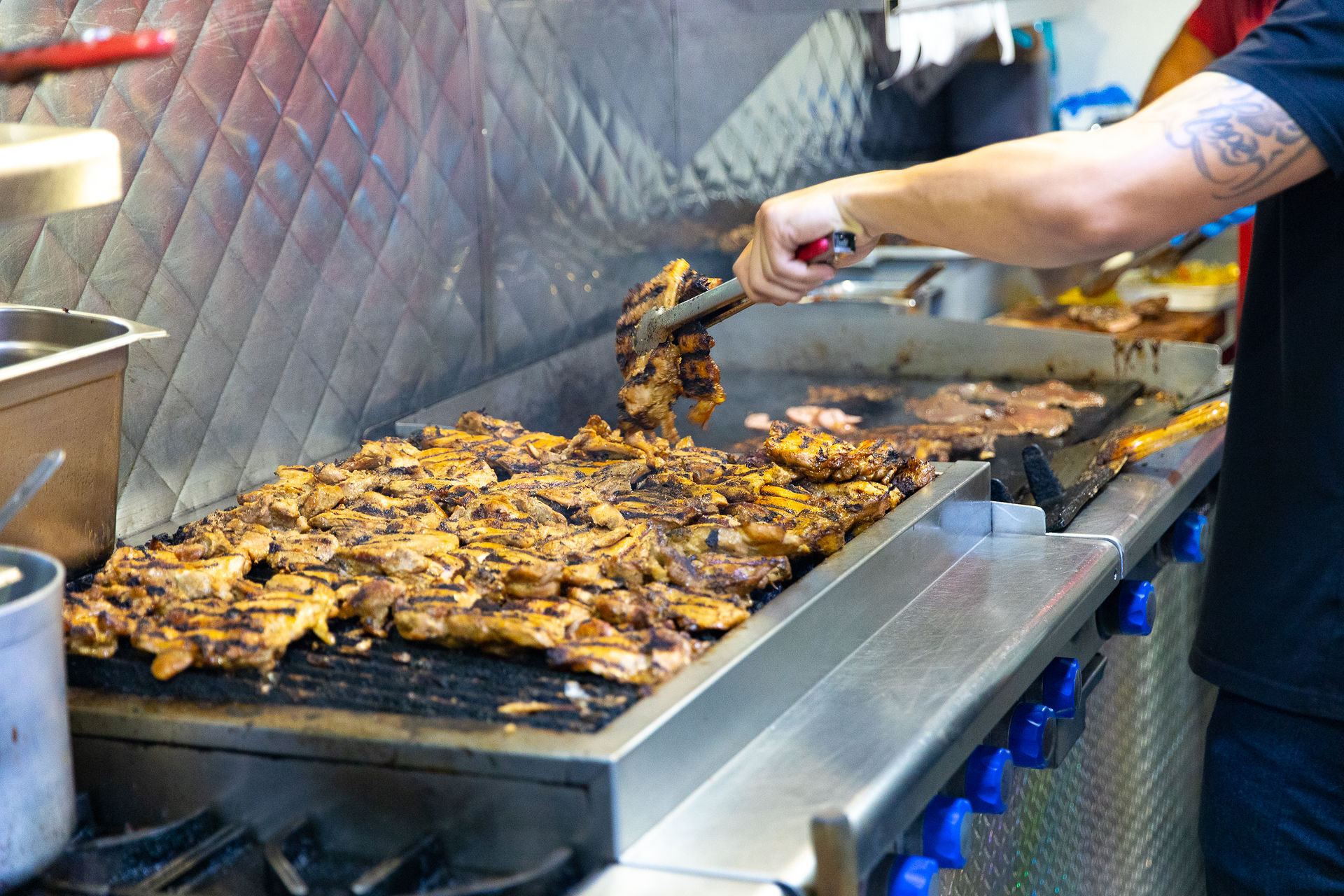It’s easy to forget, but we’re right in the midst of spring. The weather is warming up all around the country, flowers are blooming, the sky is beautiful, gas is cheap, and… we’re all still inside. Roughly a month and a half into the COVID-19 shutdown, the evidence is mounting that the curve has been flattened — but we’re not out of the woods yet. Sure, things are beginning to feel a little less scary and people are becoming braver about walking through a market and not totally freaking out, but even as parts of the country begins to open up, many of us are still going to be living in this lockdown life for a while longer.
And we’re getting increasingly stir crazy. Often to our collective detriment. It’s important we not jump the gun, but once it’s deemed safe, rest assured we’ll be out there in the world again the second we can manage — eating at restaurants, hanging out at beaches and parks, and, if we’re really lucky, seeing the world beyond our borders.
With visions of future travel dancing in our heads, we linked up with travel photographer Eduardo Gato, who spent much of 2019 and early 2020 capturing photos of life on the Dutch Caribbean island of Curaçao. Gato provided us with enough photos to offer a visual tour of the island and advice for how to ensure our (eventual) trips there look just as beautiful as his did. Follow along below and imagine what it would be like to chill on the beach of Cas Abao, to stroll the art-filled streets of Punda, and to get out into the crystalline sea. Instead of, you know, listening to podcasts with no pants on like you’re probably doing right now.

Gato: Curaçao measures 172 square-miles but boasts more than 35 cove-like beaches. Cas Abao Beach, one of Caraçao’s widest, softest, and most famed shorelines, is dotted with palapas and edged by rocky limestone cliffs and graduated levels of cacti.

Gato: Chef Helmi Smolders is a modern expert in Caribbean culinary cuisine. She shares her passion for the kitchen by creating unique culinary experiences like six-course chefs table dinners prepared with locally sourced ingredients.

Gato: Curaçao’s vibrant colorful culture is captured everywhere on the island; even on buses. Dushi Yu means sweet son/daughter.

Gato: This iconic waterfront strip of colorful buildings in Punda is one of the most photographed places in Curaçao and speaks to the Dutch heritage of the island. From sunrise to sunset, the beautiful pastels serve as the perfect backdrop. At night, the illuminated storefronts and rainbow of colors beaming from the floating Queen Emma Bridge create another stunning view.

Gato: The trendy Pietermaii district has blossomed over the last five years with boutique hotels, trendy cafés, and an eclectic lineup of bars and restaurants popping up onto the scene. Mundo Bizarro, an iconic Cuban restaurant in the area, transcends decades, taking diners back to old-time Havana.

Gato: Curaçao’s 83-degree year-round temperatures create the perfect environment for sunbathing iguanas seen all around the island. The cold-blooded reptiles are also said to be a delicacy…. and an aphrodisiac.

Gato: Explore all four of Willemstad’s districts, including this one of Scharloo, on a tuk tuk. It’s the fastest way to see the sights including the historic Governor’s Mansion and Wilhelmina Plaza.

Gato: Float along the turquoise waters, breathe in the salty air, and get a natural dose of Vitamin D with Curaçao’s resident yogi, Liberty Suares of Dushi SUP. She leads an ongoing series of SUP yoga classes on the east side of the island at Fort Bekenburg in Caracasbaai.

Gato: Liberty Suares is an island native and owner of the island’s first floating yoga studio Dushi SUP, utilizing Curaçao’s natural beauty as the backdrop to an unforgettable centering experience on the sea for locals and tourists alike.

Gato: Pull up a barstool and sink your toes into the sand at Mambo Beach. This central hangout spot, just five minutes from downtown Willemstad, is the capital of daytime and nighttime entertainment, best know for its lively bars, shopping, and restaurants.

Gato: Caña Bar and Kitchen is Curaçao’s first gastropub that serves up Latin-Caribbean small plates like tacos and local fish ceviches. Featuring a cocktail menu heavy on Pisco, rum, and tequila, it also provides suggestions on which complement each dish, and the option to craft your own highball with one of the bar’s homemade sodas.

Gato: One of the many murals in Otrobanda created by street artist Sander Van Beusekom of Blend Curaçao. ‘Bida ta un bunita lucha’ translates to ‘life is a beautiful struggle’ in the island’s local language, Papiamentu.

Gato: This piece by Venezuelan artist Jhomar Loaiza showcases the traditional head wraps worn by women in Curaçao. The style was said to signify modest and also protect their hair against the sun.

Gato: On the southeast side of the island lies Jan Thiel Beach where trendy beach clubs, boutique shops and international restaurants beg you to spend a day and night. On Wednesdays, locals descend on this popular spot for acoustic, “Unplugged” musical performances by local artists.

Gato: The Blue Room is a natural wonder where the water and its reflection within the cave are an impossible blue. Bring your sense of adventure, snorkel gear, and an underwater camera.

Gato: The Blue Room tops many snorkelers must-do lists as this mostly underwater cave is known for its beautiful, deep blue hue and school of fish that hover inside it. Best on days where the sun is bright outside creating an even stronger reflection.

Gato: At night, truk di pans (food trucks) open after 9 p.m., providing night owls with late-night eats after conquering Curaçao’s bustling nightlife scene. This one, in particular, is known for grilling and makes the popular Kapsalon, meat, fries, and cheese. What’s not to love about that?







